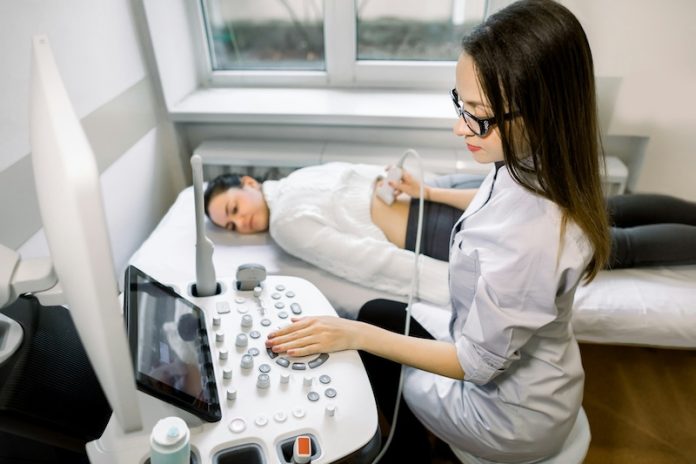
When you go for your yearly health check-up, your doctor might ask for a urine sample. This simple test can give important clues about how well your kidneys are working. Two key things doctors often look at are the level of a protein called albumin in your urine and your glomerular filtration rate, or GFR for short. GFR shows how well your kidneys are filtering waste from your blood.
One condition these tests help detect is diabetic kidney disease, also called diabetic nephropathy. In this condition, the kidneys are damaged by high blood sugar levels. One early sign is that albumin starts leaking into the urine.
At the same time, the kidneys may go through a phase of “hyperfiltration,” where they work too hard and filter too much blood. But over time, the kidneys lose this ability, and the GFR drops.
However, here’s the tricky part: as people get older, kidney function naturally slows down. This means a lower GFR might not always be a sign of disease—it could just be a part of aging. This makes it harder for doctors to catch early warning signs of kidney disease in older adults using the usual testing methods.
To address this issue, a team of researchers from Osaka Metropolitan University, led by Dr. Akihiro Tsuda, looked for a better way to measure GFR in older people. They studied 180 healthy individuals who were being checked as potential kidney donors. These volunteers provided a strong basis for developing a more accurate formula, since they didn’t have existing kidney disease.
The goal was to create a new method that could detect hyperfiltration more clearly, especially in older adults. The traditional GFR calculation adjusts for body surface area (how big a person is), but this can lead to errors—especially in people who are overweight or obese.
In fact, this adjustment might even hide signs of early kidney trouble, making it harder for doctors to recognize and treat the problem.
The new formula developed by the researchers skips the adjustment for body size and instead focuses on how kidney function changes naturally with age. This makes the results more accurate for older adults, helping doctors get a better picture of what’s really going on.
Hyperfiltration is an important red flag for diabetic kidney disease, and spotting it early can make a big difference. Dr. Tsuda explained that this new method could help catch diabetic nephropathy sooner, allowing treatment to begin earlier. The sooner treatment starts, the better the chances of slowing down the disease and protecting kidney function.
In short, this study offers a new and more precise way to measure kidney health in aging adults. By improving how we calculate GFR, doctors may be able to spot kidney problems earlier—especially in people at risk from diabetes.
If you want to take better care of your kidneys, there are other helpful steps to consider. Research suggests that drinking coffee might lower the risk of kidney damage, and that eating certain foods—like nuts—may reduce the risk of kidney disease and even lower the chance of early death. Some studies also show that specific diets may help prevent kidney stones from coming back.
This new research was published in the journal Hypertension Research, and it could change how doctors assess kidney health in the future. It’s a reminder that as we age, it’s important to keep an eye on our kidneys—and that new science can help us do it better.
If you care about kidney health, please read studies about pesticide linked to chronic kidney disease, and this drug may prevent kidney failure in people with diabetes.
For more health information, please see recent studies about drug duo that may treat kidney failure, and results showing these vegetables may protect against kidney damage.
Copyright © 2025 Knowridge Science Report. All rights reserved.



